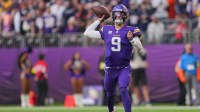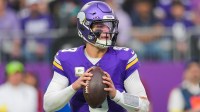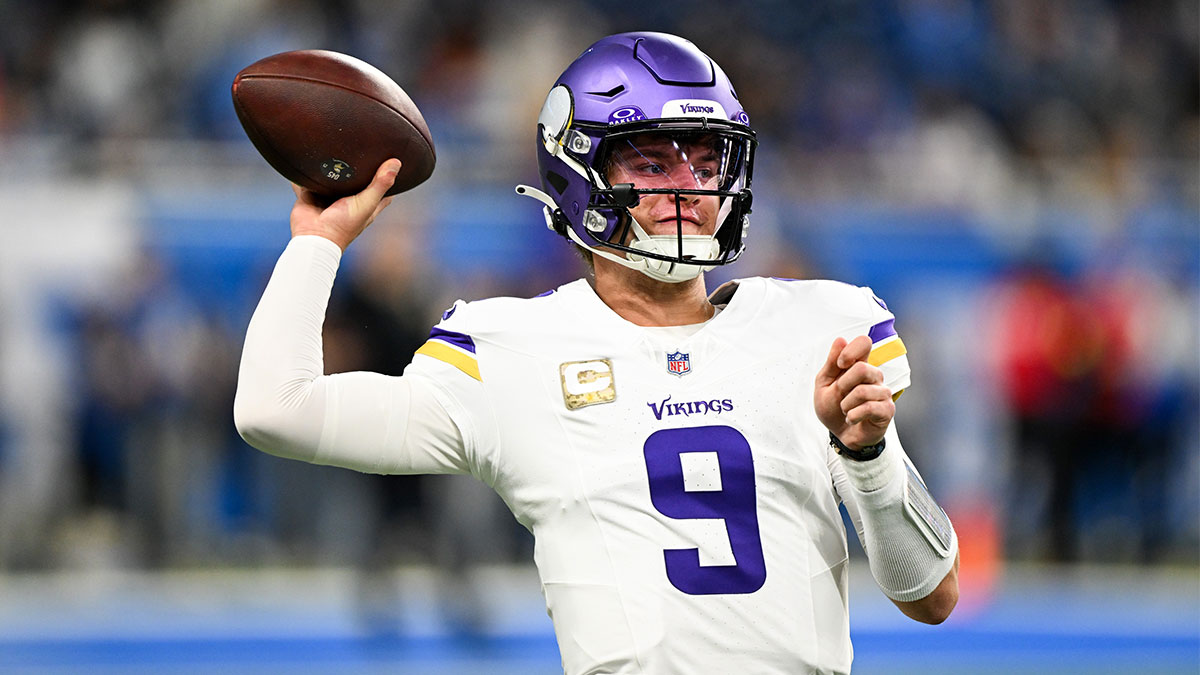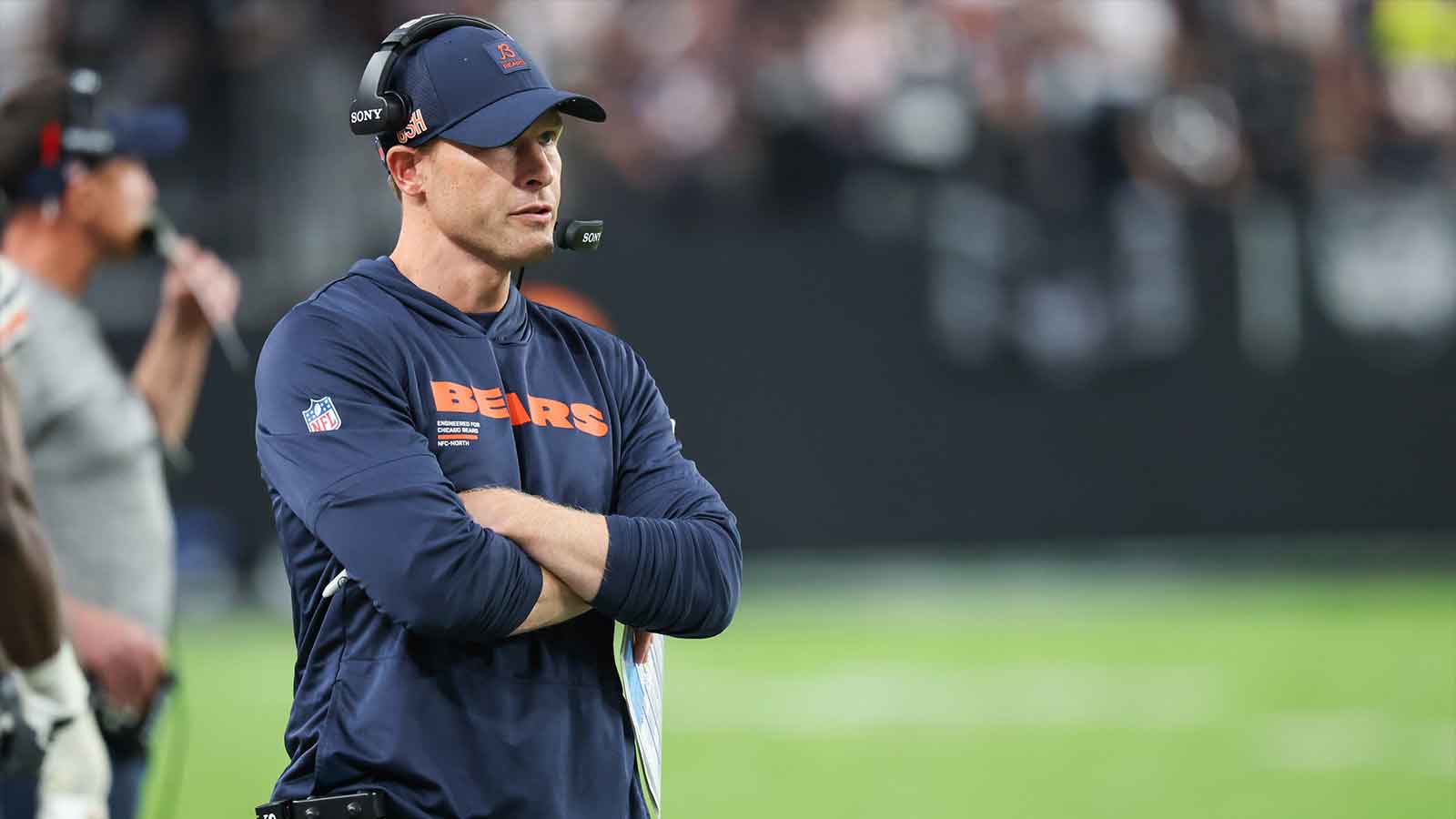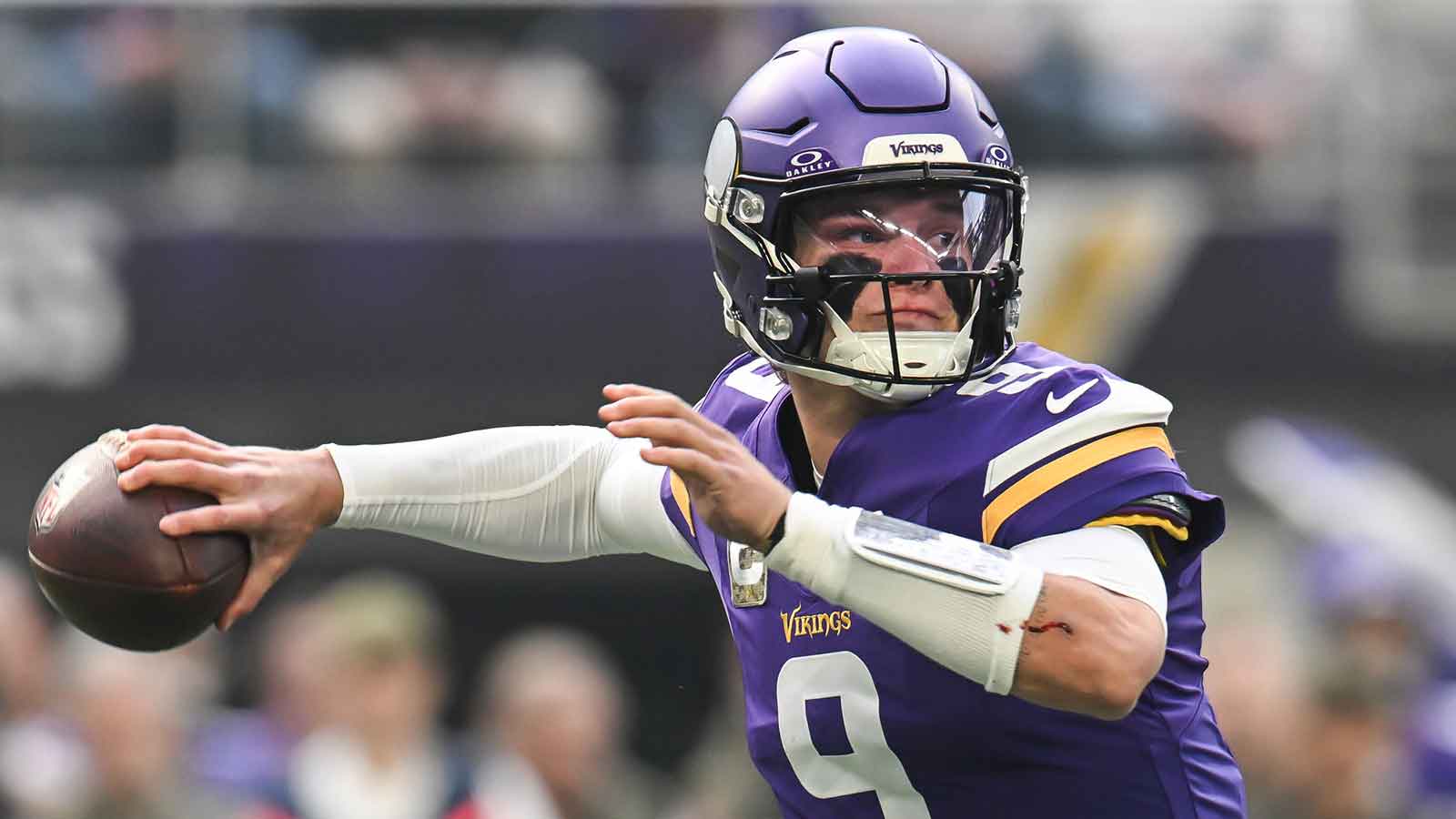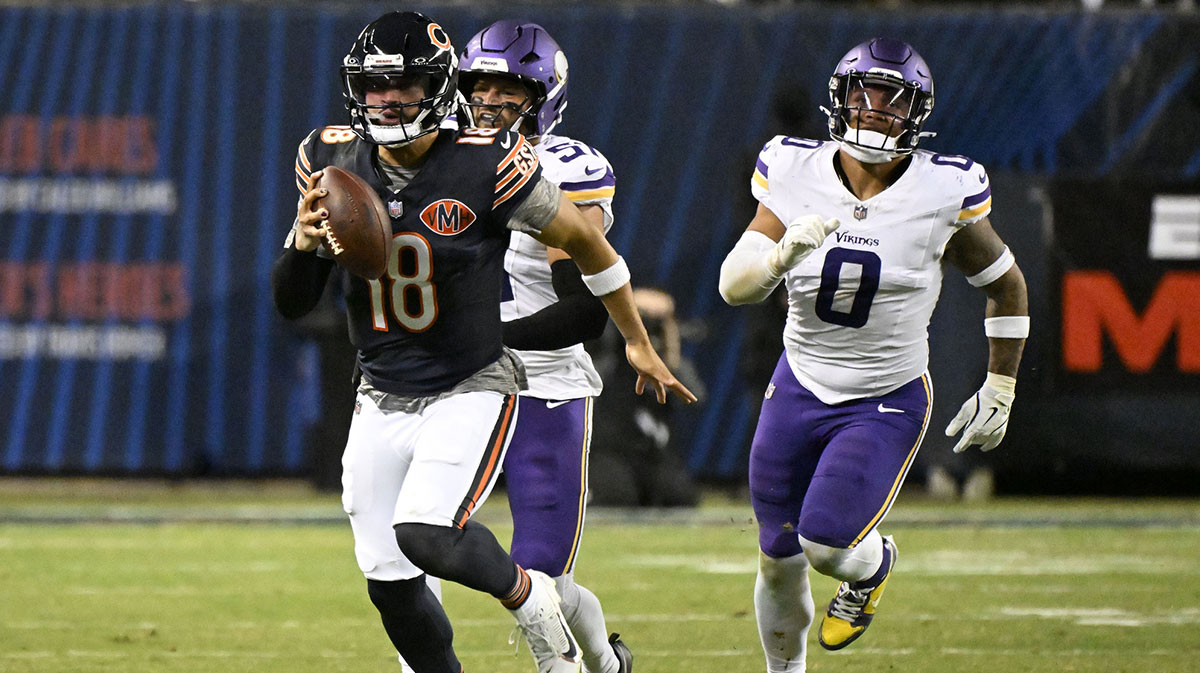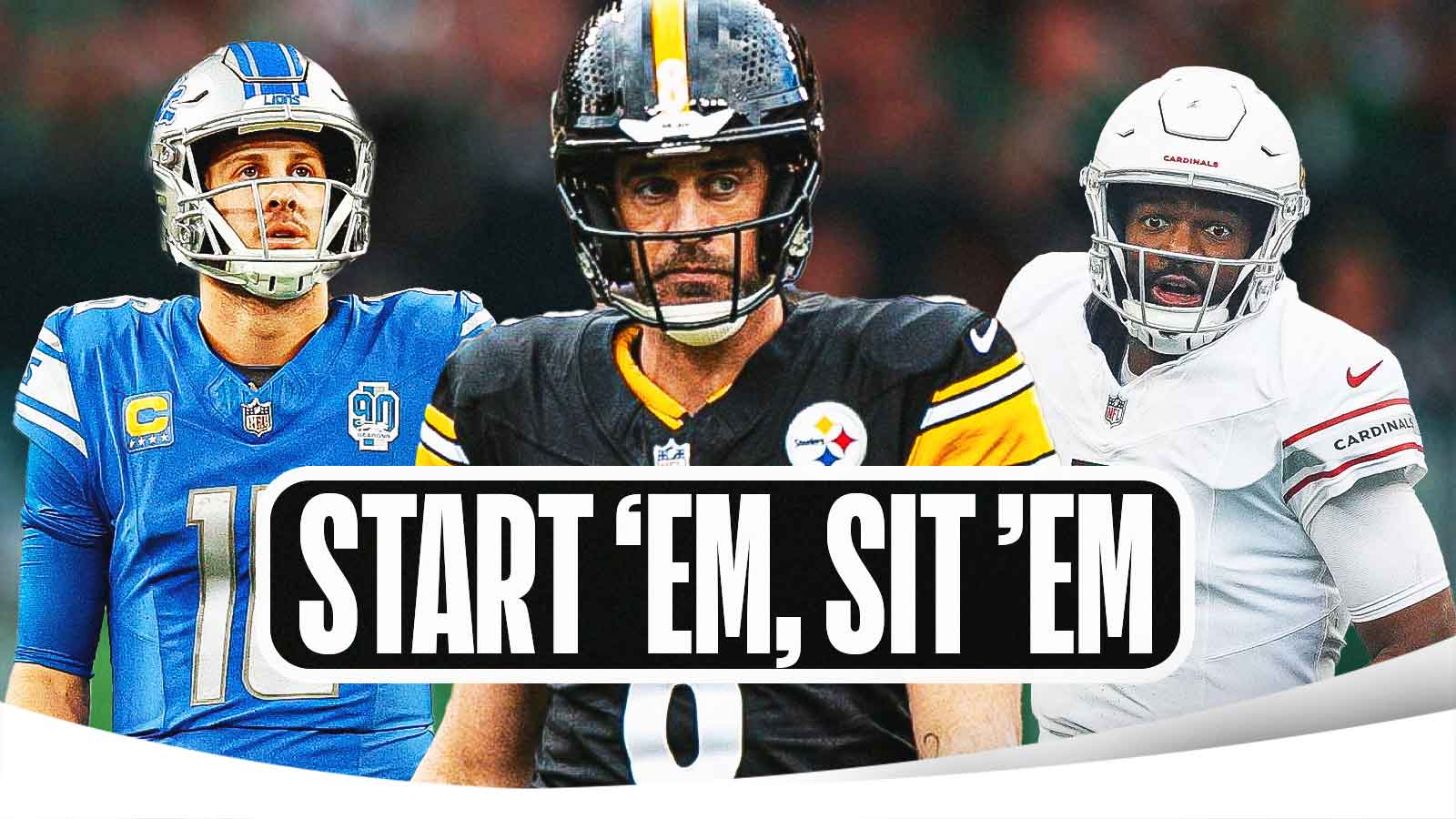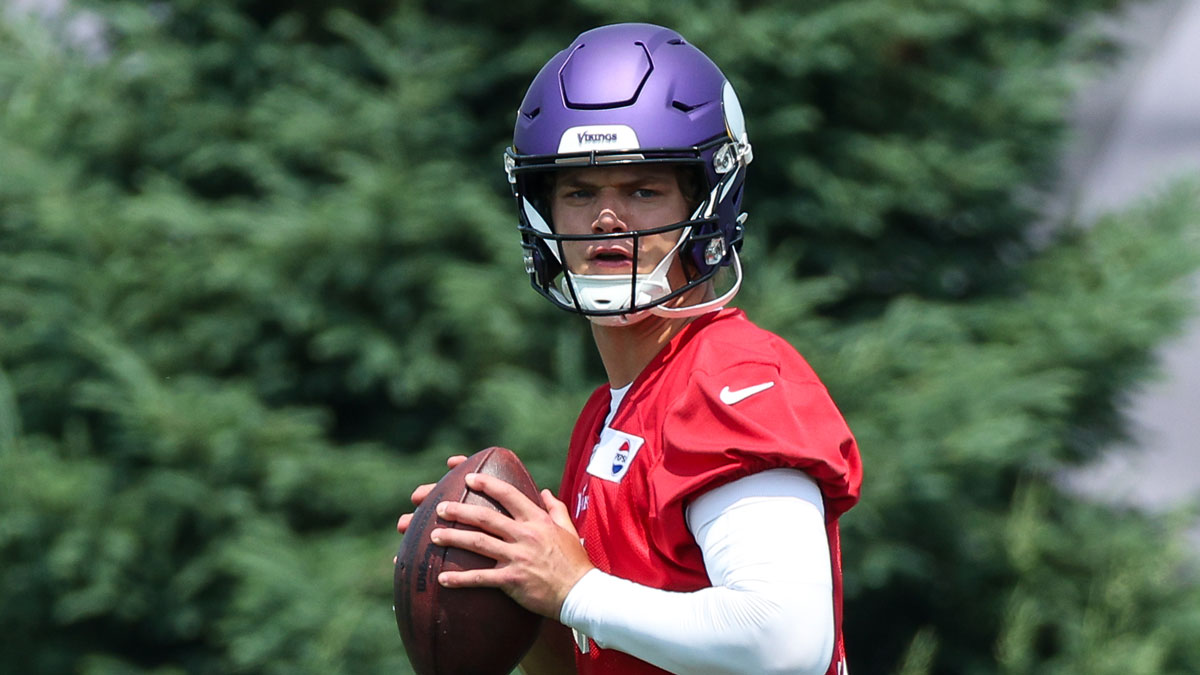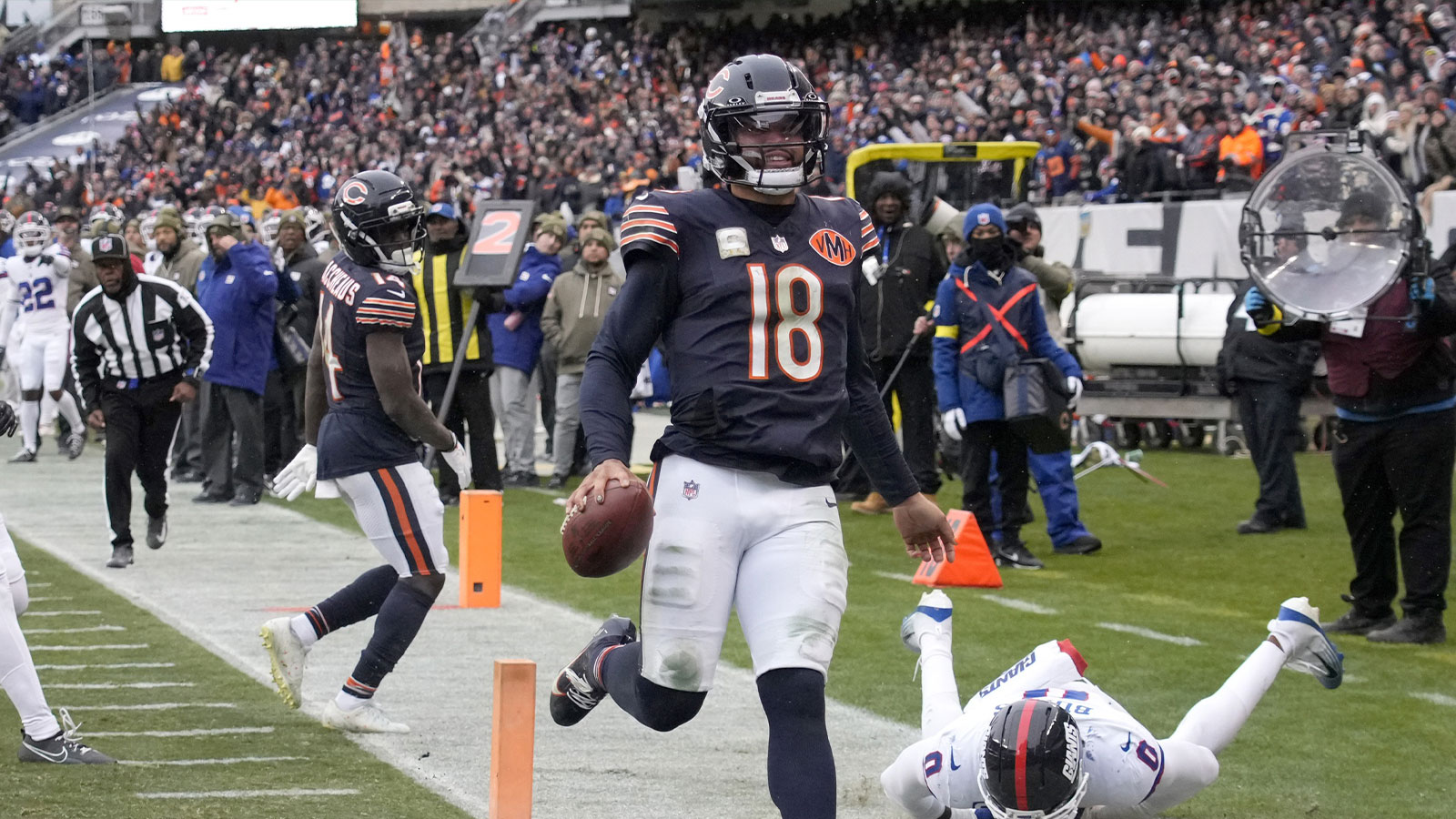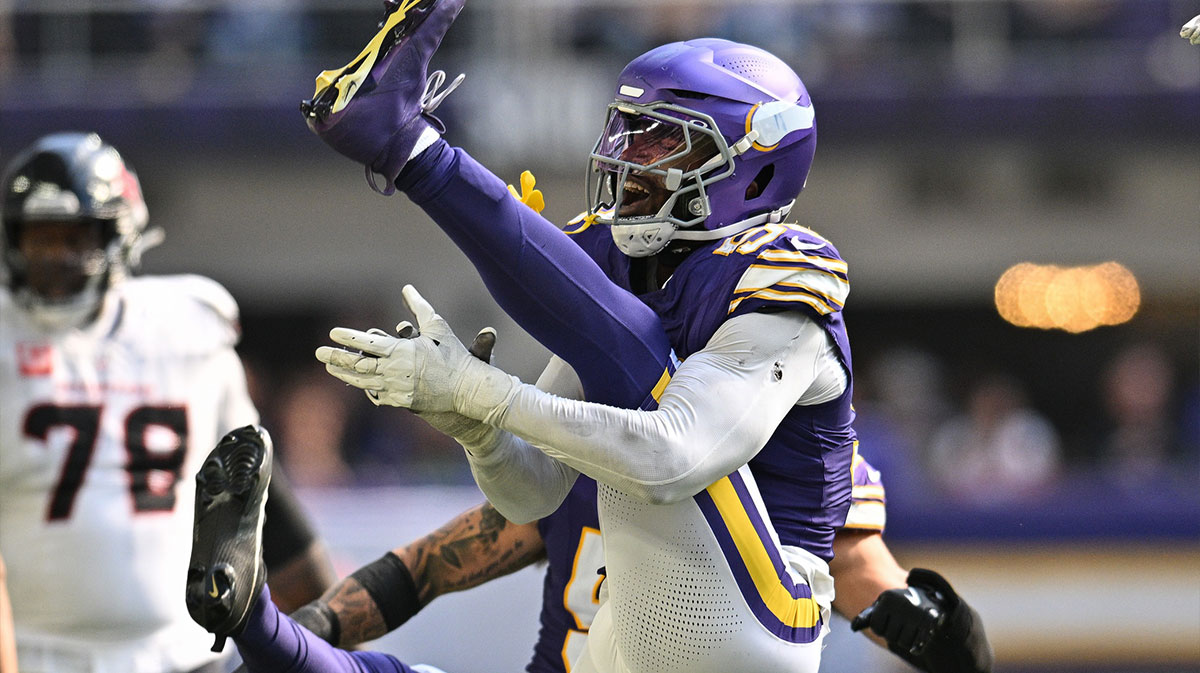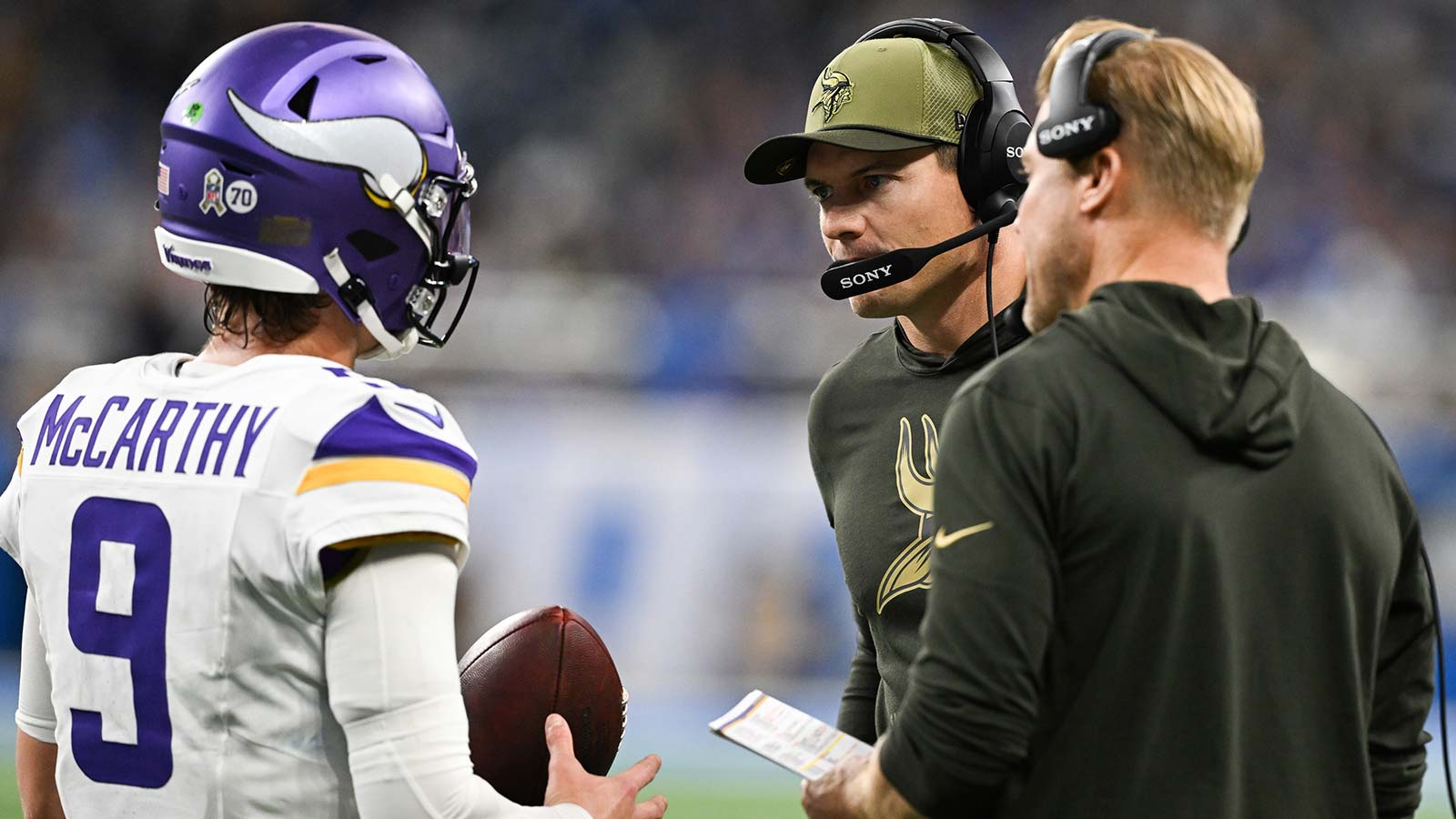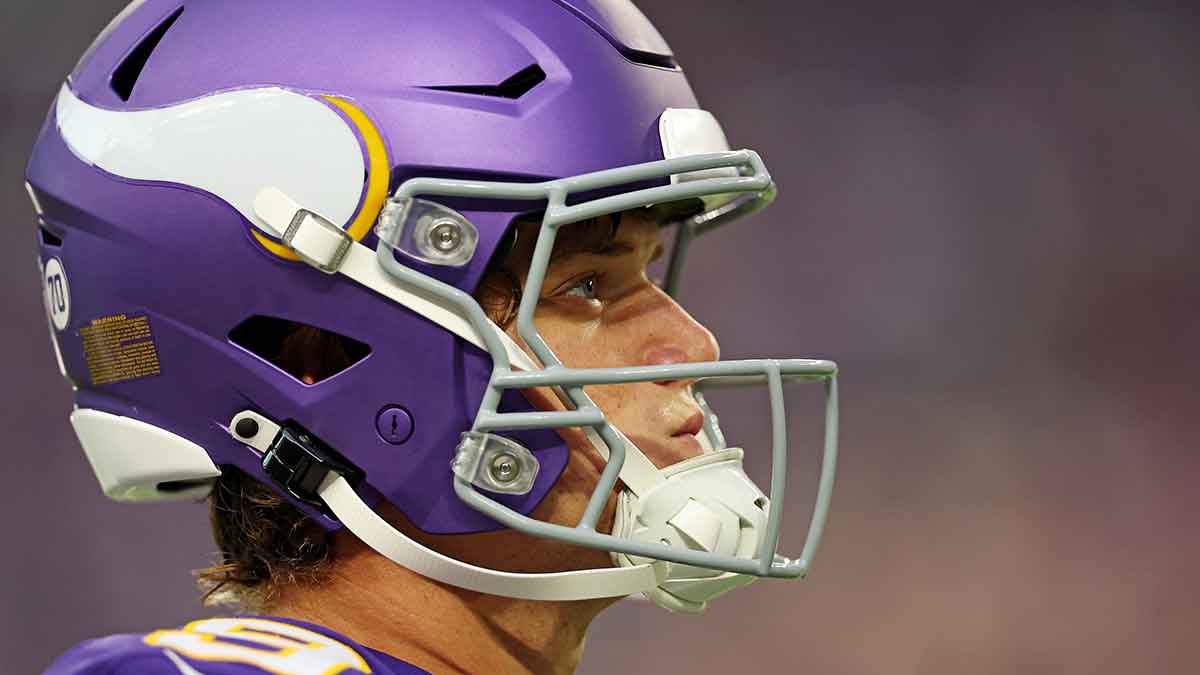When it comes to roster-building strategies in the NFL, front offices constantly face a balance between the short-term goal of competing and the long-term vision of sustainable team success. The Minnesota Vikings find themselves hovering on the edge of contention entering the 2025 season, with a dynamic offensive system but notable gaps in their receiving corps behind superstar Justin Jefferson and Jordan Addison. That’s why news of Las Vegas Raiders wideout Jakobi Meyers requesting a trade has resonated strongly in Minneapolis. The Vikings could be one move away from rounding out an elite receiving unit, and Meyers may be the perfect piece.
The Vikings have long been linked to the idea of adding another proven, versatile wide receiver. With their offense engineered by Kevin O’Connell, built around timing, spacing, and creating mismatch dynamics, Meyers’ skill set checks every box. He’s a polished route runner, a reliable possession target, and a proven producer even in less-than-ideal quarterback situations. Over the past several years in both New England and Las Vegas, Meyers has shown consistency as a third-down weapon and an underrated red zone option.
The challenge, of course, lies in making a deal that addresses Minnesota’s immediate needs without mortgaging too much future flexibility. With Meyers on the market, this is the exact type of trade Minnesota could explore—a move that is both aggressive and realistic.
Why Jakobi Meyers Fits the Vikings Offense
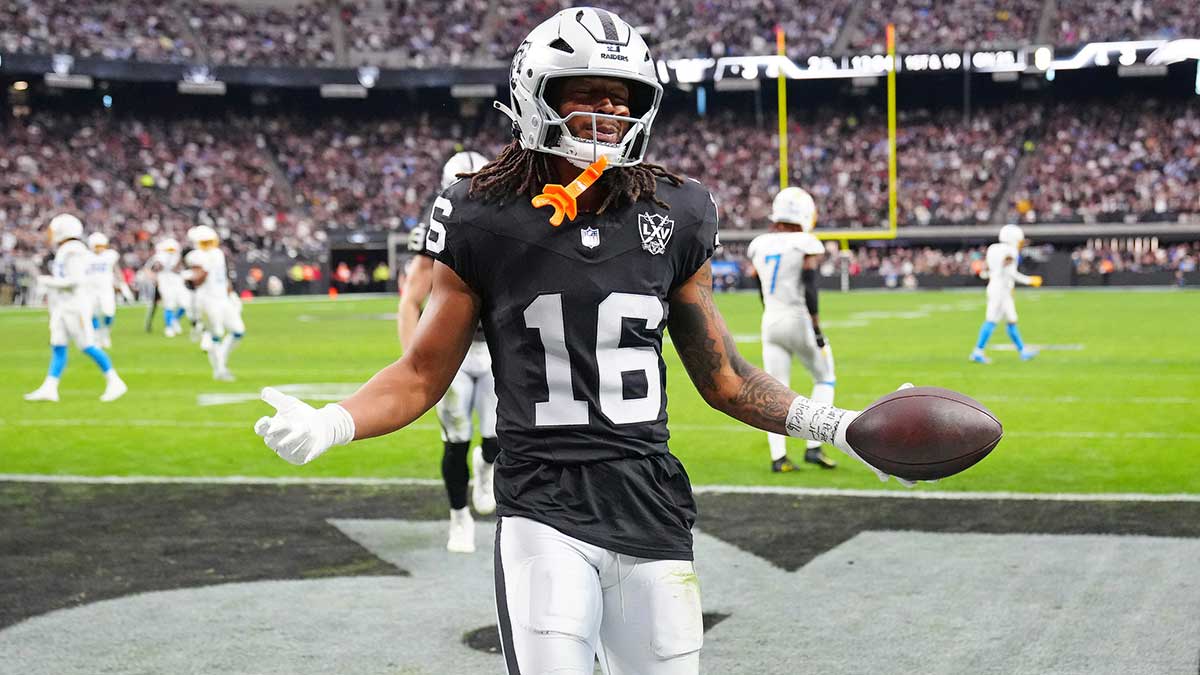
The Vikings’ offensive core revolves around Jefferson, arguably the top wideout in football. Yet opposing defensive coordinators have increasingly focused their schemes on bracketing Jefferson and forcing the ball elsewhere. Addison’s continued progression helps, but with his looming suspension for the first three games due to a DUI in July 2024, Minnesota will need additional help to start the season.
That’s where Meyers comes in. At 6’2” and 200 lbs, he brings size, reliable hands, and route precision. He isn’t the type of weapon who thrives purely on flash but rather on consistency—a trait that’s invaluable for a developing quarterback like J.J. McCarthy, who projects as the long-term starter. Adding Meyers would give Minnesota the exact type of steady receiver who can bail out a young quarterback, convert third downs, and control tempo in the passing game.
O’Connell’s system, similar in concepts to Sean McVay’s in Los Angeles, thrives on receivers who can execute option routes, attack soft zones, and create separation on shallow crossers or in-breaking patterns. Meyers has excelled in such roles his entire career. In essence, he would fit seamlessly into the scheme and raise the floor of the offense immediately.
Raiders' Motivation to Trade
From the Raiders’ perspective, Meyers was brought in as a complementary target to Davante Adams. But the franchise appears to be turning its roster over, especially after committing to a rebuild centered around a new coaching staff and younger talent.
Clearing Meyers’ salary while acquiring future draft capital aligns with that vision. Considering his age (28) and the timing of his trade request, now is the perfect window for Las Vegas to maximize his value. While some may argue they should retain him to support Adams, it’s clear the Raiders are more focused on stockpiling assets and aligning the roster timeline with their long-term rebuild.
The Perfect Trade Proposal
Here’s the structure that would make sense for both teams:
Minnesota Vikings receive:
- WR Jakobi Meyers
Las Vegas Raiders receive:
- 2026 4th-Round Pick
- Conditional 2027 5th-Round Pick (converts to a 4th if Meyers surpasses 800 receiving yards in 2025)
This structure strikes a balance. From Minnesota’s standpoint, surrendering a mid-round selection two years out plus a conditional pick gives them breathing room with their upcoming 2025 capital, especially as they continue building around McCarthy. For the Raiders, they get multiple future draft picks, with upside if Meyers thrives in Minnesota’s system. That aligns with their clear direction of building through youth and accumulating draft ammunition.
Landing Meyers doesn’t just improve depth—it reshapes Minnesota’s offensive outlook. With Jefferson commanding double teams, Addison sliding into a more comfortable WR2 role, and T.J. Hockenson operating as a versatile tight end when healthy, Meyers emerges as the reliable complementary piece who can thrive in favorable matchups.
A trio of Jefferson, Addison, and Meyers gives opposing defenses headaches. It means Minnesota can move Meyers inside and outside, target favorable one-on-ones, and ensure there’s always a dependable option for McCarthy in critical passing situations.
Minnesota doesn’t need to mortgage premium draft capital to pull this off, which makes it perhaps the league’s most sensible trade proposal at this stage. Meyers’ trade request has opened the door, and if the Vikings are serious about supporting their young quarterback and sustaining playoff contention, they should step through it boldly.



